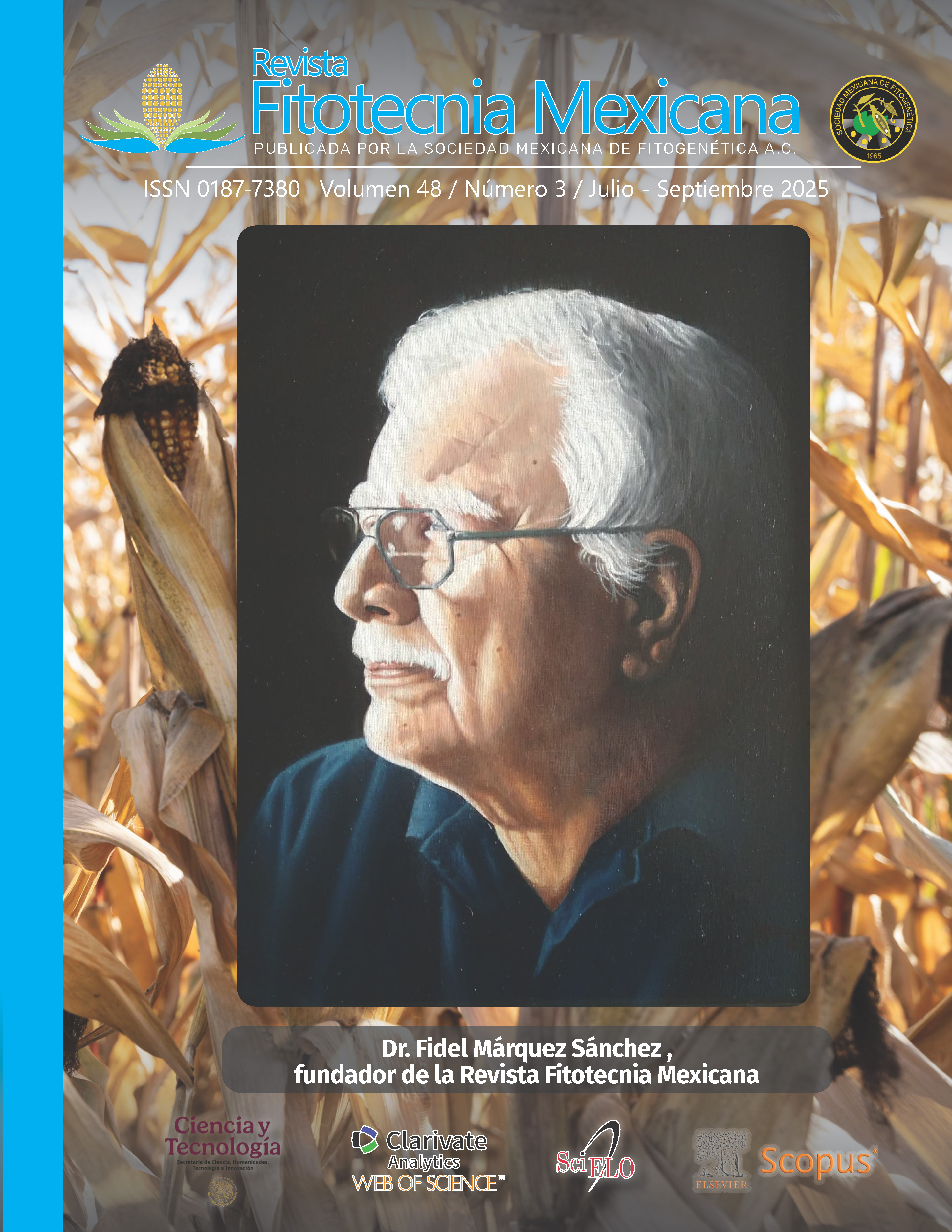IDENTIFICATION OF PLANT HEALTH PROBLEMS IN STRAWBERRY USING HYBRID CONVOLUTIONAL NEURAL NETWORKS
Main Article Content
Abstract
problems contributes to improved management of agricultural crops. In particular, artificial intelligence and computer vision methods facilitate automatic and reliable recognition of crop diseases. In this research, two hybrid convolutional neural network (CNN) architectures were implemented to identify 10 target classes: three strawberry fruit diseases: anthracnose (Colletotrichum spp.), powdery mildew (Sphaerotheca macularis) and gray mold (Botrytis cinerea); four strawberry leaf diseases: angular leaf spot (Xanthomonas fragariae), white spot (Ramularia tulasnei), powdery mildew (Sphaerotheca macularis) and leaf scorch (Diplocarpon earlyum), as well as calcium nutritional deficiency in strawberry leaves, healthy leaves, and healthy fruits. In the first stage, the CNN model was trained using MobileNetv2 (CNN-M) learning transfer from a set of digital RGB images to automatically extract a total of 62,720 features, to which a principal component analysis was applied. In the second stage, the transformed features from the last neural layer of the CNN-M model were used as inputs to optimize the random forest (RF) and vector support machine (SVM) learning models and predict the 10 target classes. The hybrid CNN models achieved an overall classification accuracy (ACC) above 97 %. CNN-M-SVM slightly outperformed CNN-M-RF with an average F1macro score of 97.6 % and ACC of 98.9 %. Results demonstrated the high potential of hybrid convolutional models with learning transfer to develop tools for automatic disease identification in crops of agricultural interest.

